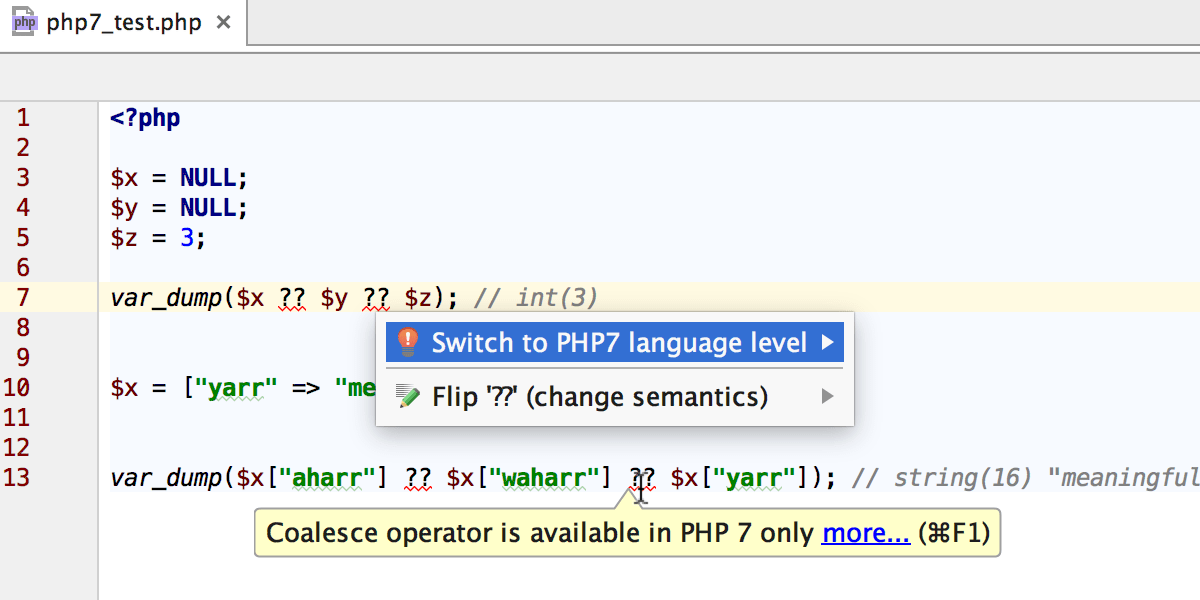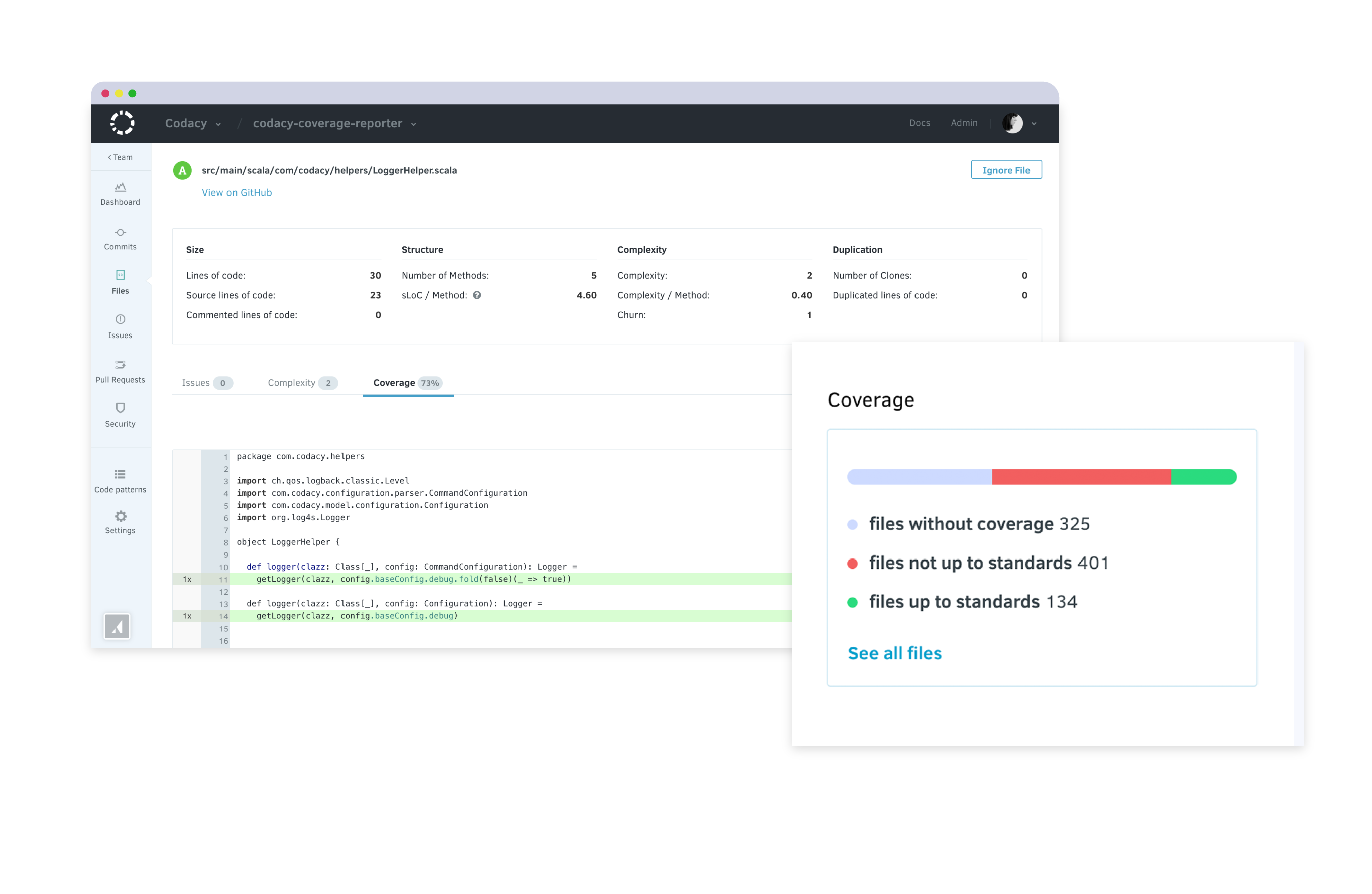
And as far as report updates go, the following rules hold: It’s important to note that reports can be made either shared or private, and you can specify which group of users gets to see them. Here’s precisely this type of report, showing the distribution of reopened issues aggregated by priority: This can be useful, for example, for determining how well your QA processes work: after all, if too many issues transition from Verified to Reopened state, it could be an indicator that they are not being addressed properly.

These reports show how your projects’ issues transition from one state to another. It is possible to group the time spent either per user or per issue, and it’s also possible to take into account the work item types, if they were specified when work was logged: The time report (there is only one type of report in this category) shows how time is spent by different project members. The bottom chart shows the number of issues that have been resolved on a particular day. It’s also possible to add additional indicators (e.g., minimum or maximum) by clicking the circles above the chart. In the image above, the top diagram shows the moving average of the number of days an issue remains in an unresolved state. Here’s a look at the report generated for purposes of managing an SLA: This includes the familiar Burndown and Cumulative flow diagrams (albeit unconstrained by the scope of a particular agile board) as well as indicators of how you are coping with SLA/quality of service requirements. These types of reports show the dynamics of changes of your project in time. Now, I can define the color for each of the indicators, and, after I’m done, I get the following generated bars: For a set of projects to do this, I can configure the query settings like so: features) and another bar to indicate the distribution of resolved issues (fixed/duplicate/other).

For example, suppose I want to display two bars, one showing the distribution of new issues by type (bugs vs. This report lets you fine-tune the selections and coloring of issue distributions displayed for a Project Portfolio. Incidentally, it is also possible to produce a pie chart instead of a bar graph:Īnd, if you just want the numeric data, you can simply produce a matrix report:įinally, we have something called an ‘Advanced issues per project’ report. Here’s an example of an Issues per assignee report: One can see number of issues distributed by assignee or project or a field of your choosing alternatively you can have a two-field distribution or a matrix report. These show the distribution of issues by different criteria, starting from the most specific and going towards the most generic. YouTrack 6 introduces 17 different report types grouped into the following four categories: Issue Distribution Reports

In YouTrack 6, we introduced additional functionality for providing stakeholders with succinct, easy-to-digest information about the state of the project.


 0 kommentar(er)
0 kommentar(er)
